
数字设计:原理与实践:英文(第三版 影印版)
¥ 12.38 2.5折 ¥ 49.5 九品
库存10件
北京大兴
认证卖家担保交易快速发货售后保障
作者[美]韦克利 著
出版社高等教育出版社
出版时间2001-05
版次3
装帧平装
上书时间2021-05-30
- 在售商品 暂无
- 平均发货时间 9小时
- 好评率 暂无
- 最新上架
商品详情
- 品相描述:九品
图书标准信息
- 作者 [美]韦克利 著
- 出版社 高等教育出版社
- 出版时间 2001-05
- 版次 3
- ISBN 9787040100426
- 定价 49.50元
- 装帧 平装
- 开本 其他
- 纸张 胶版纸
- 页数 946页
- 字数 1358千字
- 【内容简介】
-
芯片技术的发展使IT界的“摩尔定律”一次次闪耀出智慧的光芒,数字电路的设计技术同样更是不断地获得突破。使学生能跟上“摩尔定律”,掌握先进的设计技术,正是本书的目的与特色。
本书内容翔实,基本原理描述清晰准确,设计实例丰富全面,适合设计、构建数字电路的各个层次的读者选用。本书立足于数字设计相对稳定的基本原理,这些原理包括组合逻辑、时序逻辑和状态机等。作者将这些原理与体现当前先进设计技术的工具和设计技巧有机地结合起来,包括如何使用ABEL和VHDL设计语言;如何进行结构化设计;如何通过可编程逻辑器件来实现最终的设计等。全书共分十一章,内容涵盖了基本原理,组合与时序逻辑设计的原理、实践和实例,以及当前的发展状况。本书图文并茂,写作风格简洁、明了,更有富于指导意义的练习题。
本书可作为电子、计算机专业本科及研究生学习数字逻辑设计的入门教材,也可作为工程技术人员的参考书。
内容:1. 导论 2. 数制与编码 3. 数字电路 4. 组合逻辑设计原理 5. 组合逻辑设计实践 6. 组合电路设计实例 7. 时序逻辑设计原理 8. 时序逻辑设计实践 9. 时序电路设计示例 10. 内存、复杂可编程逻辑器件和现场可编程门阵列 11. 其他应用领域 - 【目录】
-
FOREWORD
PREFACE
1 INTRODUCTION
1.1 About Digital Design
1.2 Analog versus Digital
1.3 Digital Devices
1.4 Electronic Aspects of Digital Design
1.5 Software Aspects of Digital Design
1.6 Integrated Circuits
1.7 Programmable Logic Devices
1.8 Application-Specific ICs
1.9 Printed-Circuit Boards
1.10 Digital-Design Levels
1.11 The Name of the Game
1.12 Going Forward
Drill Problems
2 NUMBER SYSTEMS AND CODES
2.1 Positional Number Systems
2.2 Octal and Hexadecimal Numbers
2.3 Genera f Positional-Number-System Conversions
2.4 Addition and Subtraction of Nondecimal Numbers
2.5 Representation of Negative Numbers
2.5.1 Signed-Magnitude Representation
2.5.2 Complement Number Systems
2.5.3 Radix-Complement Representation
2.5.4 Two's-Complement Representation
2.5.5 Diminished Radix-Complement Representation
2.5.6 Ones' -Con1Plement Representation
2.5.7 Excess R6Presentations
2.6 Two's-Complement Addition and Subtraction
2.6.1 Addition Rules
2.6.2 A Graphical View
2.6.3 Overflow
2.6.4 Subtraction Rules
2.6.5 Two's-Complement and Unsigned Binary Numbers
2.7 Ones'-Complement Addition and Subtraction
2.8 Binary Multiplication
2.9 Binary Division
2.10 Binary Codes for Decimal Numbers
2.11 Gray Code
2.12 Character Codes
2.13 Codes for Actions, Conditions, and States
2.14 n-Cubes and Distance
2.15 Codes for Detecting and Correcting Errors
2.15.1 Error-Detecting Codes
2.15.2 Error-Correcting and Multiple-Error-Detecting Codes
2.15.3 Hamming Codes
2.15.4 CRC Codes
2.15.5 Two-Dimensional Codes
2.15.6 Checksum Codes
2.15.7 m-out-Of-n Codes
2.16 Codes for Serial Data Transmission and Storage
2.16.1 Parallel and Serial Data
2.16.2 Serial Line Codes
References
Drill Problems
Exercises
3 DIGITALCIRCUITS
3.1 Logic Signals and Gates
3.2 Logic Families
3.3 CMOS Logic
3.3.1 CMOS Logic Levels
3.3.2 MOS Transistors
3.3.3 Basic CMOS Inverter Circuit
3.3.4 CMOS NAND and NOR Gates
3.3.5 Fan-in
3.3.6 Noninverting Gates
3.3.7 CMOS AND-OR-INVERT and OR-AND-INVERT Gates
3.4 Electrical Behavior of CMOS Circuits
3.4.1 Overview
3.4.2 Data Sheets and Specifications
3.5 CMOS Steady-State Electrical Behavior
3.5.1 Logic Levels and Noise Margins
3.5.2 Circuit Behavior with Resistive Loads
3.5.3 Circuit Behavior with Nonideal inputs
3.5.4 Fanout
3.5.5 Effects of Loading
3.5.6 Unused Inputs
3.5.7 Current Spikes and Decoupling Capacitors
3.5.8 How' to Destroy a CMOS Device
3.6 CMOS Dynamic Electrical Behavior
3.6.1 Transition Time
3.6.2 Propagation Delay
3.6.3 Power Consumption
3.7 Other CMOS Input and Output Structures
3.7.1 Transmission Gates
3.7.2 Schmitt-Trigger Inputs
3.7.3 Three-State Outputs
3.7.4 Open-Drain Outputs
3.7.5 Driving LEDs
3.7.6 Multisource Buses
3.7.7 Wired Logic
3.7.8 Pull-Up Resistors
3.8 CMOS Logic Families
3.8.1 HC and HCT
3.8.2 VHC and VHCT
3.8.3 HC, HCT, VHC, and VHCT Electrical Characteristics
3.8.4 FCT and FCT-T
3.8.5 FCT-T Electrical Characteristics
3.9 Bipolar Logic
3.9.1 Diodes
3.9.2 Diode Logic
3.9.3 Bipolar junction Transistors
3.9.4 Transistor Logic Inverter
3.9.5 Schottky Transistors
4 COMBINATIONAL LOGIC DESIGN PRINCIPLES
5 COMBINATIONAL LOGIC DESIGN PRACTICES
6 COMBINATIONAL-CIRCUIT DESIGN EXAMPLES
7 SEQUENTIAL LOGIC DESIGN PRINCIPLES
8 SEQUENTIAL LOGIC DESIGN PRACTICES
9 SEQUENTIAL-CIRCUIT DESIGN EXAMPLES
10 MEMORY, CPLDS, AND FPGAS
11 ADDITIONAL REAL-WORLD TOPICS
INDEX
点击展开
点击收起
— 没有更多了 —


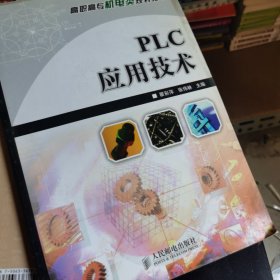
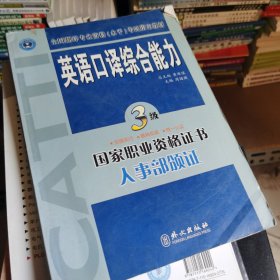
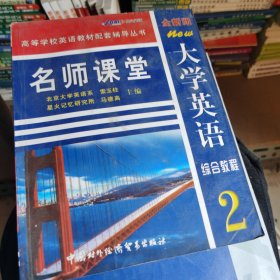
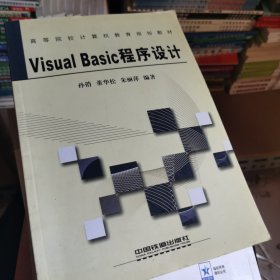
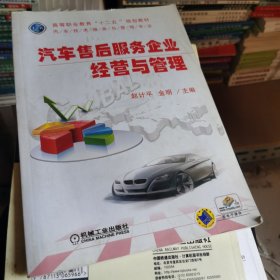

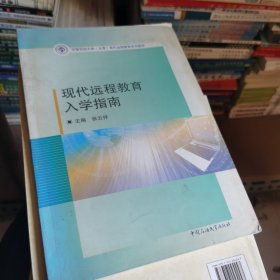
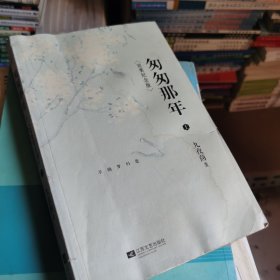
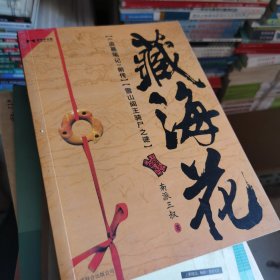

以下为对购买帮助不大的评价